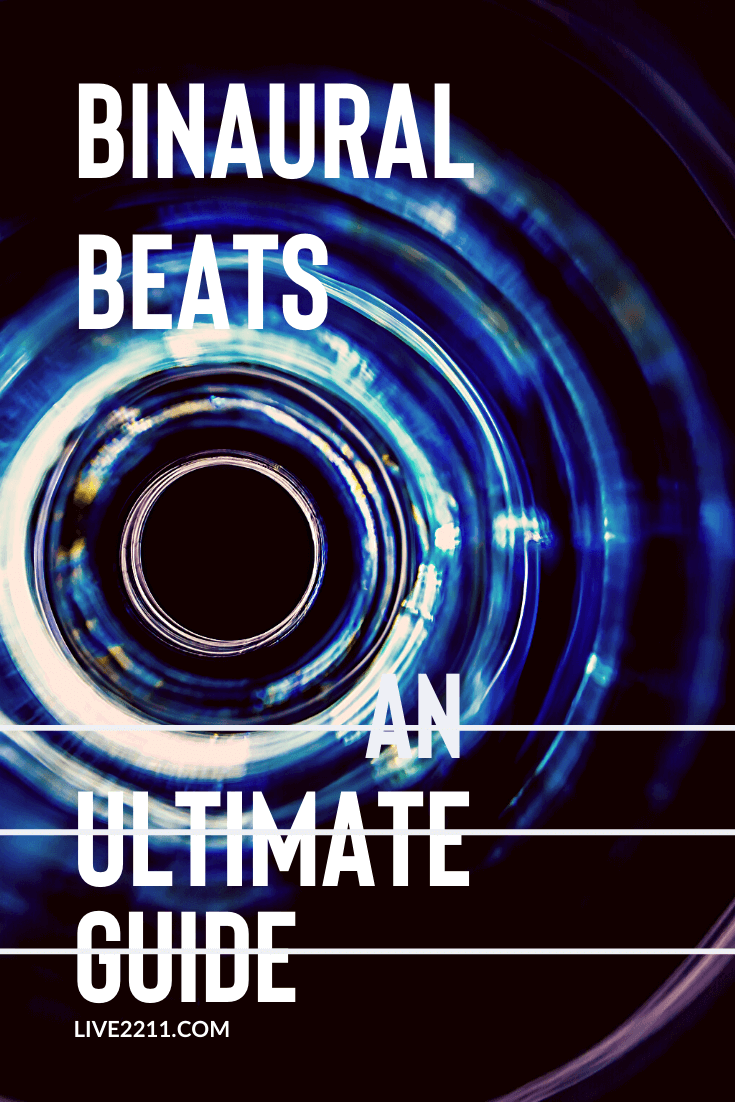


Throw on a pair of headphones and see if you can hear that third tone, which represents a 5 Hz difference between the two waves. In the recording below, I took two sine waves (one at 500 Hz and one at 495 Hz) and panned them hard left and hard right. That’s the beat in binaural beat, and it’s actually an auditory illusion. When you take two similar tones with frequencies below 1.5 kHz and present them independently to each ear, your brain will begin perceiving a third pulsating tone that represents the difference between each sine wave. In acoustics, beats occur when two tones with slightly different frequencies interfere with one another and vary in volume based on the difference between those two frequencies.
Binaural beats how to#
Does this phenomenon promise real benefits, or are binaural beats nothing more than an auditory illusion? How to make binaural beatsįor all these impressive claims, actually creating binaural beats is incredibly straightforward. Many have claimed that listening to sequences with binaural beats can reduce stress and anxiety as well as increase one’s concentration and creativity. Not to be confused with the technique of binaural recording, binaural beats are created when two tones with slightly different frequencies are played separately in each ear via headphones, causing our brain to perceive an additional ‘pulsing’ effect. Can we really use sine waves to hack our brains?


 0 kommentar(er)
0 kommentar(er)
